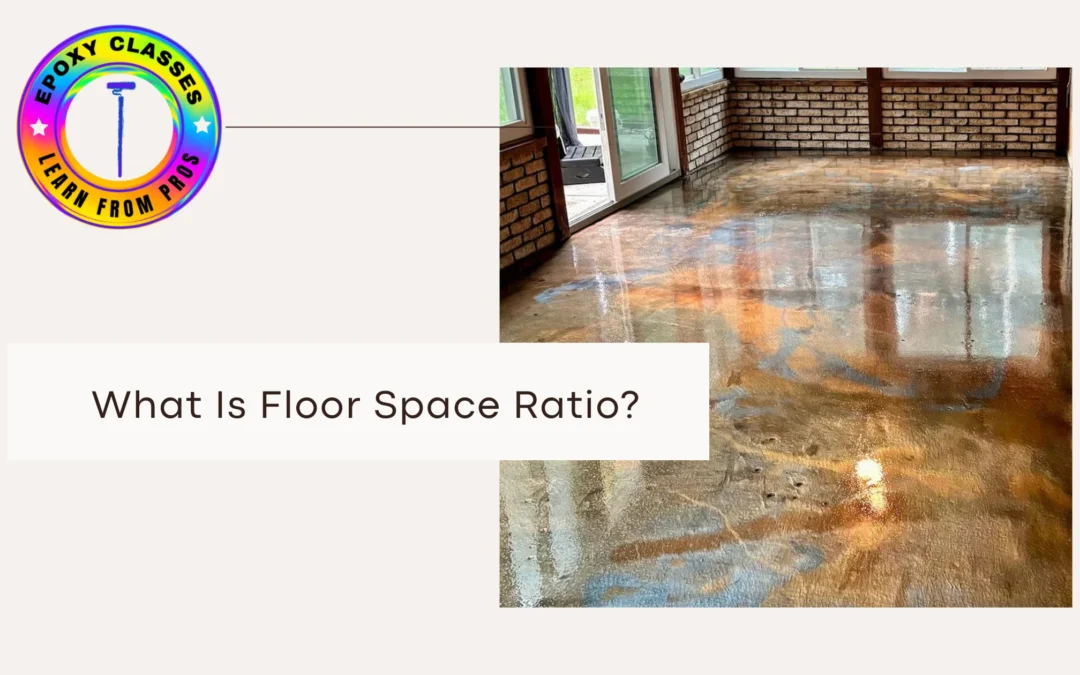What Is Floor Space Ratio?: A Simple Guide to Building Efficiency
In real estate and urban planning, numbers tell important stories. The Floor Space Ratio (FSR) is one of the most important.
Understanding the FSR helps create balanced spaces. Knowing FSR is key, whether you design commercial buildings, cozy homes, or other structures.
It serves as a guide for success in every architectural project.
What is Floor Space Ratio?
The Floor Space Ratio (FSR) is key to balance. It shows how much building can rise on a plot of land. Think of it this way: the total floor area of a building divided by the plot size.
This ratio helps architects, city planners, and developers maintain. It prevents space from turning into a concrete jungle. It also ensures there are open spaces for everyone.
A higher FSR means bigger buildings or taller structures. A lower FSR keeps the area open and adds more green spaces.
Why is Floor Space Ratio Important in Urban Planning?
The Floor Space Ratio (FSR) helps control building space on a plot. It ensures the area doesn’t feel too crowded. Residential areas often have a lower FSR. This helps keep homes spaced out.
It also allows space for yards, gardens, and recreational areas. Commercial areas usually have a higher FSR. This allows more businesses to fit on the same land.
Planners consider the environment, local rules, and the building’s purpose when choosing the FSR for an area.
In residential areas, a lower FSR keeps homes spaced apart. This helps maintain privacy, sunlight, and fresh air.
How Force Sensing Relates to FSR Sensors
FSR sensors aren’t directly linked to Floor Space Ratio, but they are important in smart building systems.
These sensors detect pressure or force on a surface. FSR sensors can track pressure, stress, and wear in building materials. This helps buildings stay safe and efficient over time.
These sensors might not change the FSR directly. However, they support the building’s long-term performance and health.
Determining Floor Area Ratio in Real Estate
Calculating the floor area ratio is an important step in any building project. Architects and developers figure out the FSR by checking zoning laws.
They also think about the land’s use, such as for homes or businesses, and the maximum space allowed. It ensures that the building will fit properly on the land and not overcrowd the area.
The building efficiency ratio also plays a role in the FSR. This ratio measures how well the available floor space is being used.
A high efficiency ratio shows the building uses its space well. A lower ratio may mean some areas are unused or not used enough.
House Spacing and Its Role in FSR
In residential neighborhoods, house spacing is key to the FSR. The distance between homes offers privacy, lets in sunlight, and allows fresh air to flow. This setup boosts the community’s livability and charm. An ideal FSR balances cozy homes with open spaces, improving residents’ lives.
Conclusion: What Is Floor Space Ratio?
Knowing the floor space ratio is key for those in building design, urban planning, or real estate development.
Calculating and using FSR is key. It helps buildings follow zoning rules, use space well, and promote sustainable growth.
If you’re designing a new development or want to learn about space planning, understanding FSR is key.
To learn about building design and apply it to real projects, check out Epoxy Classes NY. They offer training in construction, design, and more. Their expert courses will help you learn about building codes, planning methods, and design strategies.
Visit EpoxyClassesNY.com to learn more and start your journey in construction and design today!
Frequently Asked Questions (FAQs)
What is the Floor Space Ratio (FSR)?
The Floor Space Ratio (FSR) acts like a balance beam for buildings. It compares total floor area to land size. This ratio prevents our urban areas from feeling cramped. By measuring FSR, we create space for green areas. Our cities can then thrive instead of suffocating.
How is Floor Space Ratio (FSR) calculated?
Calculating the Floor Space Ratio (FSR) is easy! Just divide the total floor area of a building by the land area. For example, if your building has 10,000 square feet and the land is 5,000 square feet, the FSR is 2.0 (10,000 ÷ 5,000). It’s that simple!
Why is Floor Space Ratio (FSR) important in urban planning?
FSR creates urban harmony by balancing busy development with peaceful spaces. It prevents overcrowding, allowing sunlight, air, and privacy to thrive. With FSR, cities can grow beautifully, ensuring livable areas for everyone.
How do FSR sensors relate to building design?
FSR sensors don’t measure floor space, but they play a key role in smart buildings. They measure pressure, stress, and wear. These sensors help ensure buildings remain safe and efficient over time.
Where can I learn more about FSR and building design?
For more on FSR and building design, check out Epoxy Classes NY. They provide thorough training on construction, design, and more. Their courses provide the knowledge and skills you need. You can apply these concepts to real-world projects.


